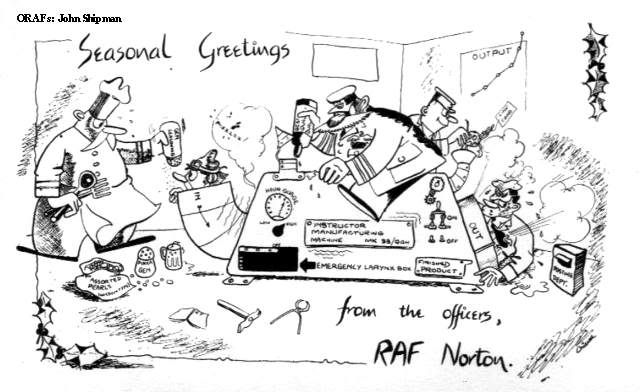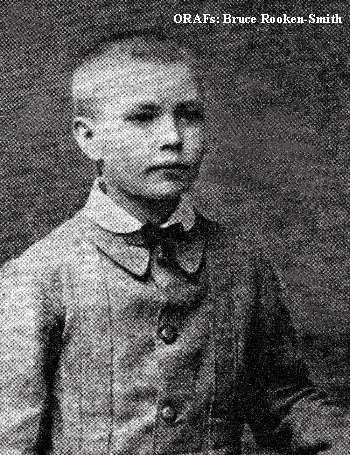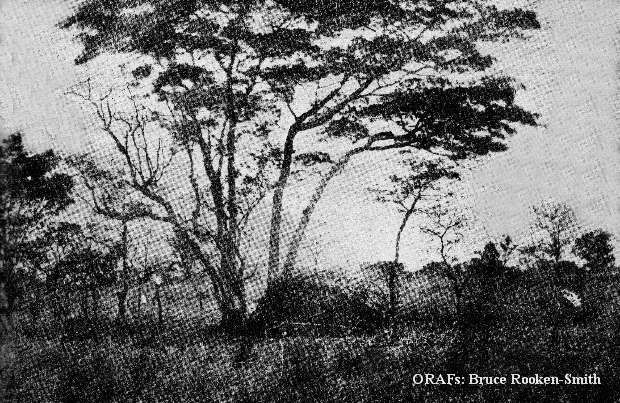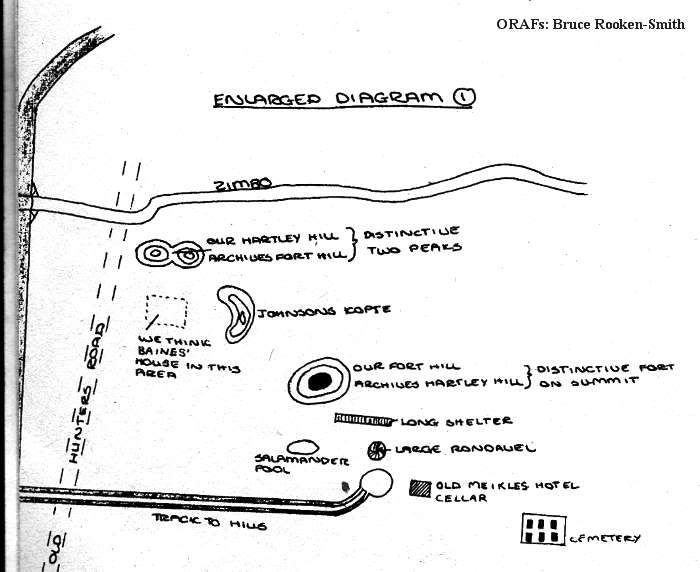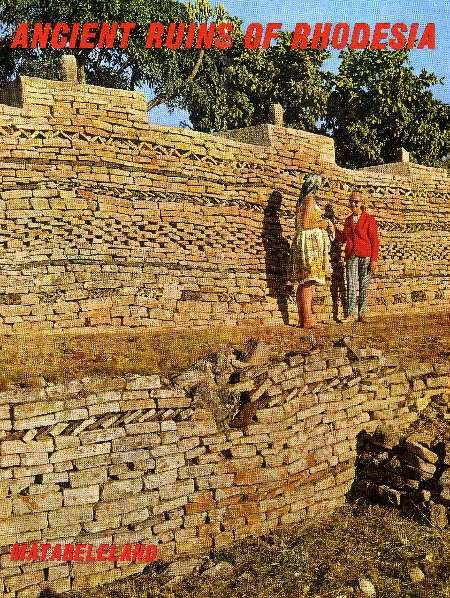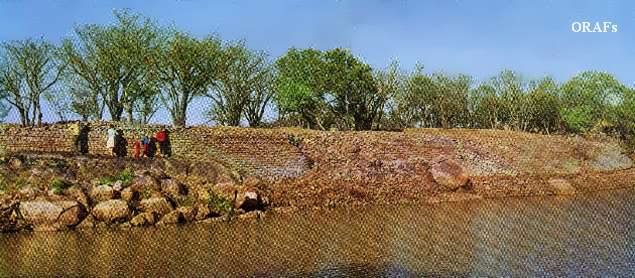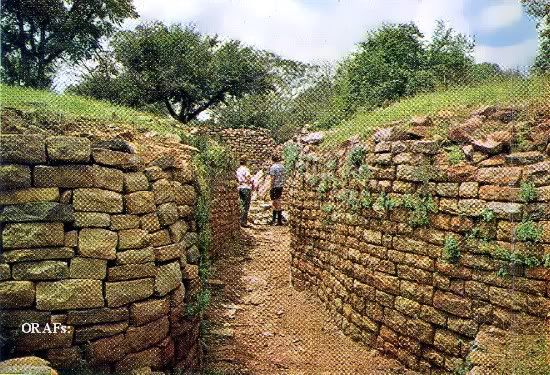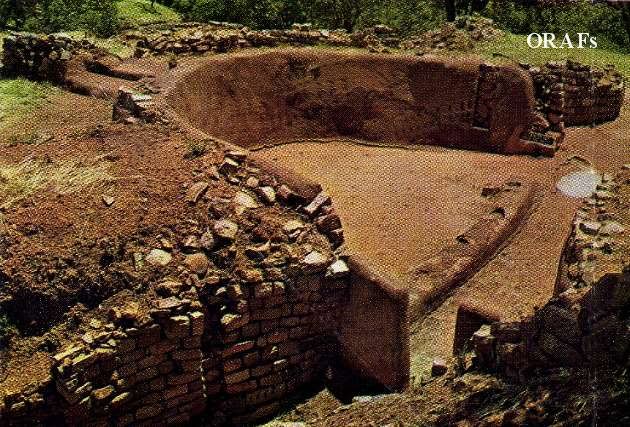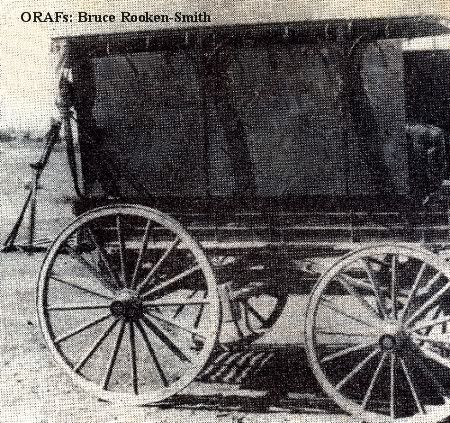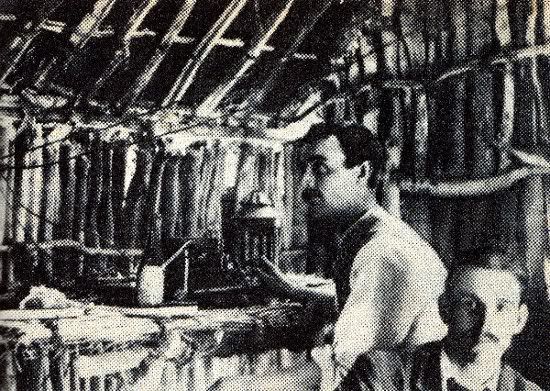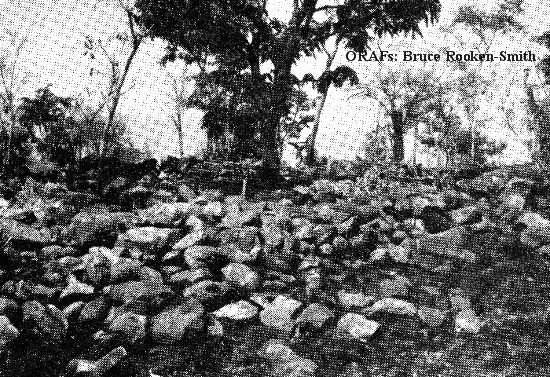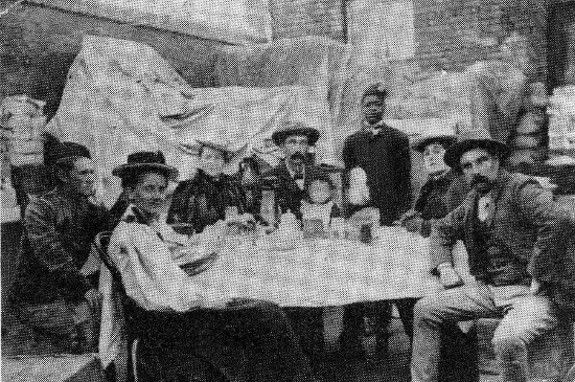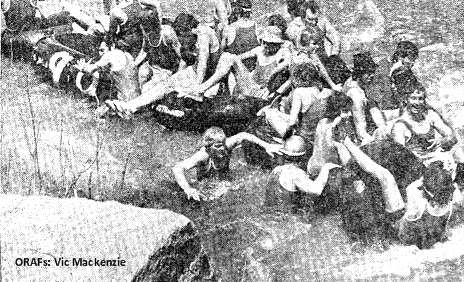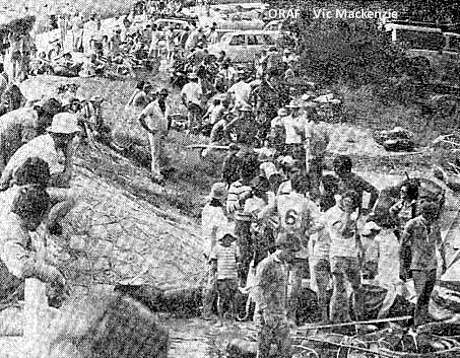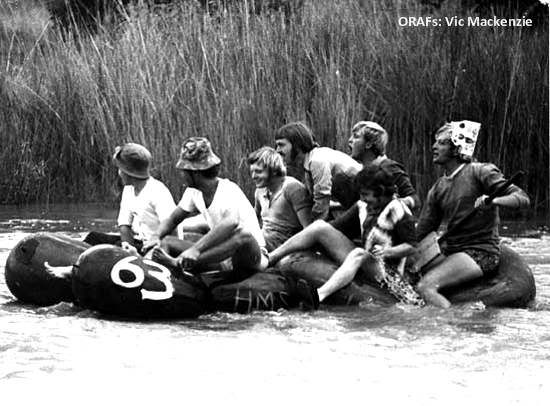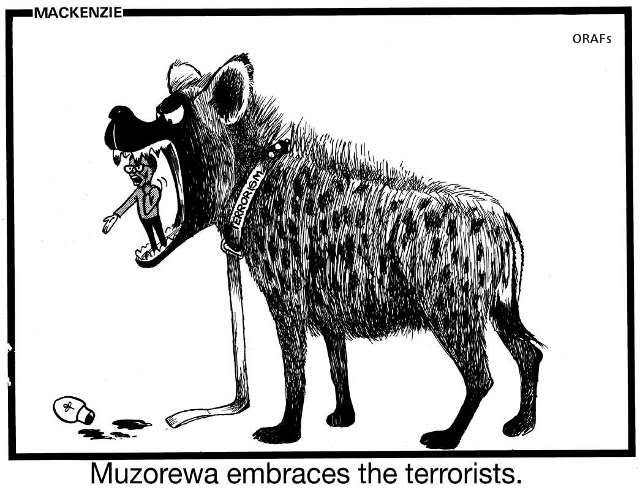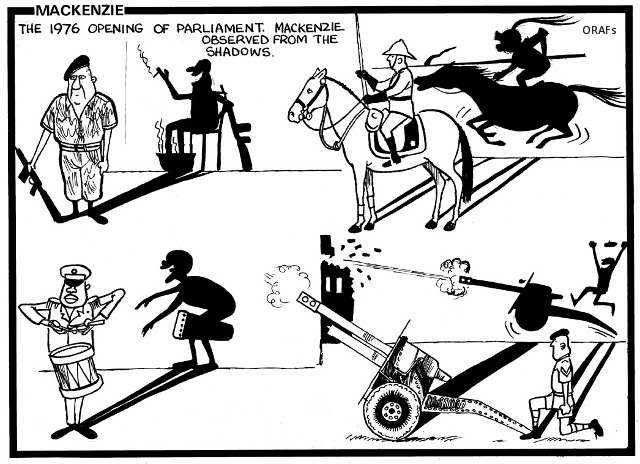Memories of RAF Station Norton
Published by Newton 1990
A former Battle of Britain pilot with 41 squadron, Ted Shipman was one of several ex-European Central Flying School students who went out to Norton, Southern Rhodesia during the 1941/44 period. During his time at Norton he undertook the roles of Flight Commander, Chief Flying Instructor and Commanding Officer of the station, eventually closing down the school in late 1945. He recalls: "At the European Central Flying School in the UK we had been working towards training more appropriately for European war conditions, especially bad weather and blackout and also flying the aircraft to their limits. Asymmetric and limit flying seemed to be unknown in operational squadrons until ECFS was formed in 1942. We achieved the right to bypass Group and Command to go direct to the Air Ministry with our recommendations to improve training, both in flying training schools and OTU's. Wing Commander Kermode "the Prof' was the man behind the concept. He was the CGI.
"(Later A.V.M. A Kermode, a former W.W.I. fighter pilot, who was also the author of several books on airmanship and who was considered to be a superb teacher of Aviation, became the Head of the Educational Branch of the RAF).
"My posting to Southern Rhodesia, No. 33 Flying Instructor School was intended to be as a Squadron Leader CFI, but on arrival a local boy had been made up and got the post so I became a Flight Commander. This lasted for nearly a year when I became CFI. In the meantime I had introduced a refresher flight to call in qualified instructors from other schools to bring them up to higher and current policies, to give them a chance to qualify on aircraft different to those originally trained for i.e. Tiger Moth, Harvard and Oxford, Harvard to Oxford and vice versa, and also to increase their instructors categories B to A2 and A2 to Al.
"It was the individual flying instructor's responsibility to maintain the standard of instruction. This was done by keeping a close contact with the flight on a regular basis, watching the student’s progress and doing regular tests in the air. These tests would be at the request of a flight commander should a student be doubtful where a second opinion was needed. Also, of course, the main CFI tests would be done at the end of a course. In the same way the CO would be given one or two tests for him to do. He would also be given an instructor to upgrade say from B to A2 etc. Other schools often sent up one or two of their instructors for re-categorisation tests but we occasionally visited a school and carried out tests there, although this was not so important after the refresher flight was instituted.
I was concerned on arrival at Norton to note that the sodium flare path equipment was not in use. When I queried this the CO (who had not had recent European weather to deal with) said it wasn't necessary because "the weather was so perfect for night flying!" As we in the U.K. had, progressed beyond the sodium system to introduce "two stage blue" I managed to introduce that at Norton, but there was little enthusiasm and the idea was not fully accepted before the rundown in training began.
"Pilot's notes for individual aircraft and notes on engine handling were another aspect given attention in Southern Rhodesia. In this and in an effort to improve the serviceability of Oxfords in particular, I had the help of an instructor who had been a ballistics scientist at Woolwich training schools and Arsenal before his laboratory was bombed. I gave him the job of testing all aircraft after major servicing and after rectification of major defects. This proved to be very worthwhile in raising and maintaining the standards of serviceability. Research flying in an elementary form by fitting one or two aircraft with wool tufts to show airflow during manoeuvres and installing them was attractive and very useful in creating interest in "why and how" an aircraft flies.
"There was light relief from the daily routine of teaching our young students to become instructors themselves and this entailed repeated demonstrations of manoeuvres and "patter" and was provided by one of our own instructors who was no mean artist and who had cartoons published in "Punch". Very often whilst enjoying a cup of coffee between flying detail, this chap would produce a cartoon illustrating some amusing interpretation of the "patter" used. For example, for the climb up after take-off at night the "patter" would be "As soon as you have taken off and have passed the end of the flare path climb up on your instruments." The cartoon in this case would show the pupil undoing his harness and appropriately literally climbing up on top of the whole instrument panel.
"Taking advantage of this ability to produce these cartoons I got this instructor to produce a whole range of them dealing with airmanship and covering all aspects of flying training, navigation, radio, weather, safety and discipline. They were popular and very useful.
"The Oxford was becoming increasingly difficult to keep going because the Cheetah engines deteriorated markedly with wearing pistons and rings, thus allowing oiling up of sparking plugs etc. Finally, Wasp Junior engines were fitted and the engine problem was solved. However, the increased performance with the Wasp was suspected of being responsible for the airframes deteriorating. No doubt the climate was also a factor in some loss of adhesion in glued joints. "After I had become CFI, I was occasionally called to act as President of a Court of Inquiry into a fatal accident either concerning a pupil or instructor and pupil. Such a task had posed problems in obtaining understandable and reliable evidence from natives and in finding all the bits and pieces of an Oxford which had broken up in the air and were scattered across the Bundu (elephant grass, thorn bushes etc.)."
Ted Shipman, the Commanding Officer of C.F.S. Norton:
"In July 1944 we managed to get a couple of Hurricanes allotted for experience. As I had flown one before I encouraged the instructors to get at least one flight each for experience. Unfortunately one Flight Lieutenant was killed diving in. Perhaps he forgot that the airfield was 4,500ft above sea level and wasn't using oxygen (I cannot recall this clearly). "Eventually all staff instructors flew the Hurricane and when the rundown of training began, on VJ Day I felt that the last course of instructors we were to pass out only to fall to demobilisation, should be given the opportunity also to experience a flight in a Hurricane (elementary instructors excepted) I was gratified to have only one opt out and all the rest flew it successfully. Using one of the Hurricanes as a hack when visiting other schools, I felt that a visit on the machine added interest locally. In October 1944 I was asked to join in a City Gold Cup Flypast over Salisbury with two other Hurricanes.
"On l5th September 1945 I was asked to lead a formation of three Hurricanes over Salisbury celebrating the Battle of Britain and that was the last flying I did before closing the station down as a CO.
"Fortunately I had a good team of administrative equipment and technical officers to do the donkey work prior to handing the station over to the civil authorities who were to use it as a camp for internees. All the instructional staff were repatriated to the U.K. unless they were Rhodesians. Although the train passed through Norton Station all personnel were processed through H.Q. RATG and RAF Cranbourne. All we could do was to wave them farewell as they passed Norton going south to the Cape.
"The Oxfords were flown away mainly to ARD Heany, the Harvards and Cornells having replaced the Tiger Moths and being part of "lend lease" were flown out for storage. Then came the return of the technical and barrack equipment to stores depots followed by the clearing of inventories . This all worked very well and ultimately with the last personnel leaving and going to live at Cranbourne I was to carry out the final written hand over with Group H.Q. from there." There was one query Group put to me and that was that there were virtually no deficiencies to write off! I was told there must be some, and I couldn't answer that except to refer to the equipment and accountant officers who were submitting the documents. "
"During the stay at Cranbourne I had literally hundreds of vouchers to sign, and in fact I signed the formal documents in a hotel in Salisbury only a few minutes before boarding the train for the Cape."
End
Some Pictures from RAF Norton
Compiled by John Shipman.
3 Old Mill Close
Langford
Biggleswade
Beds
SG18 9QY
Tel Home 01462 700650
Tel mobile 07813096551
Christmas card designed by Chiswell

Cartoon designed by Chiswell to reinforce ground instruction using little pithy sayings or jokes. There were many of these. J Shipman has most if not all those that were created.
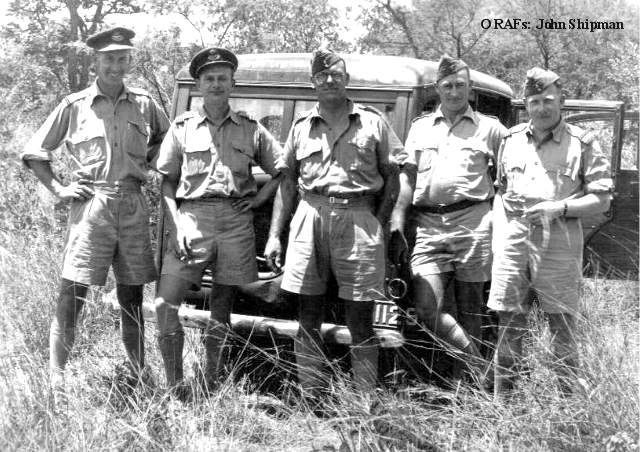
Members of a court of inquiry investigating a crash in the bush near Kumalo. The president “Shippy” Shipman on right and technical adviser Wng Cmdr Pearson in the centre. [E A Shipman
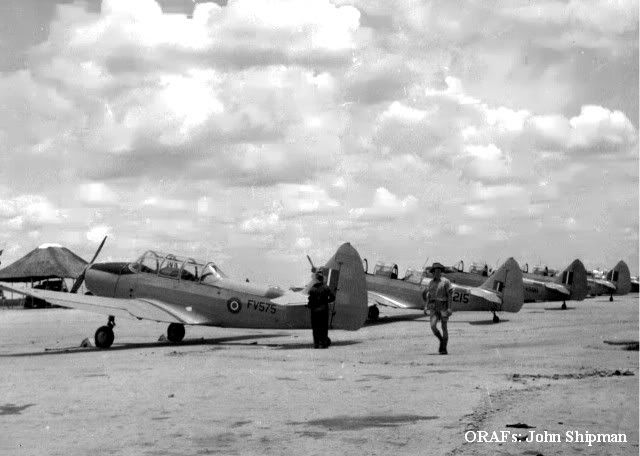
American Ryan Cornell training aircraft which replaced the Tiger Moths at CFS Norton [E A Shipman]

Fg Off Olley the pilot on the left and Sqdn Ldr Hunn holding a dead Rain Bird after it had struck the aerial of the Harvard during flight [E A Shipman]
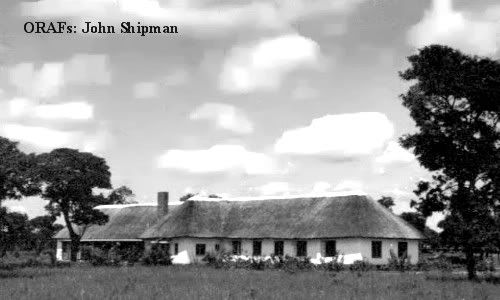
Officers Mess RAF Norton
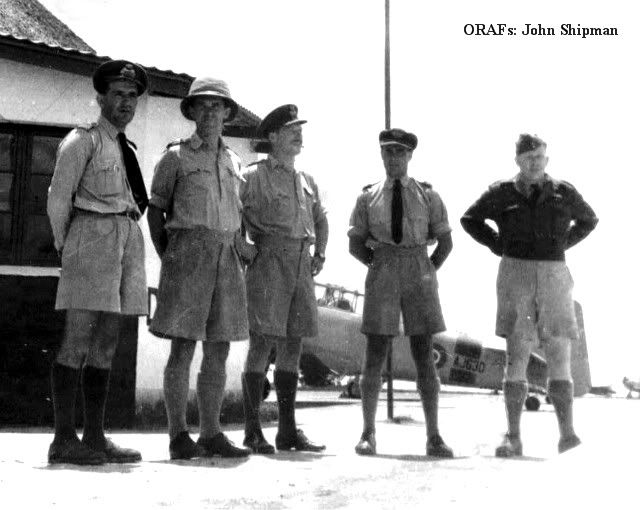
E A Shipman far right
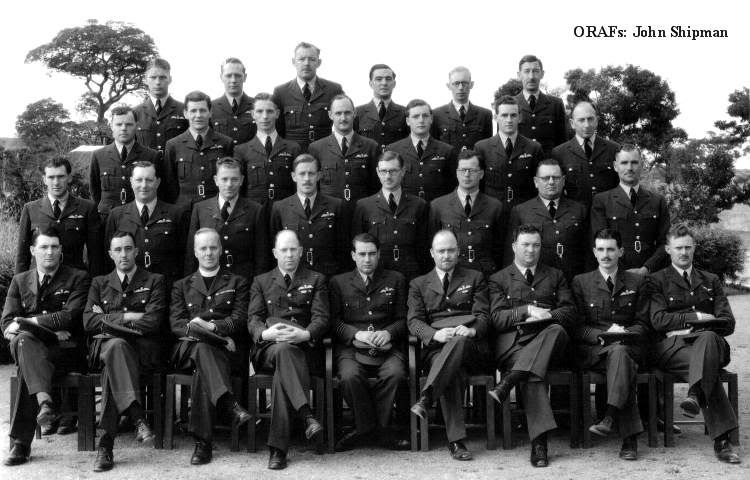
Flt/Lt Twigg (Flt Cmdr); Flt/Lt Stan Wollock (Flt Cmdr); Sqdn/Ldr Padre Speck; EA Shipman (Chief Flying Instructor); Wng/Cmdr Chilvers (CO); Sqdn/Ldr S Pemberton (assist Chief Flying Instructor); Sqdn/ Ldr Maurice G Hunn (STO); Flt/Lt Peter Chiswell; unknown
Second row from front (L to R):
Unknown; “Tommy” Thompson; Unknown; Unknown; ; “Doc” Hay (MO); “Halo” Heaven (Finance); Unknown; Unknown;
Third row from front (L to R):
“Harry” Hill; Unknown; Unknown; Unknown; Unknown; Unknown; Flg/Of Oscar State (RFO and IFFB weightlifting official)
Fourth row from front (L to R):
Unknown; Unknown; Flt/Lt Winsland; F/O Walker (Equipment); Unknown; Unknown; Unknown;
End
ORAFs records its sincere thanks to John Shipman for sharing these memories and photos with ORAFs. Thank to John.
Comments are always welcome, please send them to Eddy Norris at orafs11@gMail.com
Thanks to:-
Paul Norris for the ISP sponsorship.
Paul Mroz for the image hosting sponsorship.
Robb Ellis for his assistance.
Labels: 33 FIS, Norton, Ted Shipman
